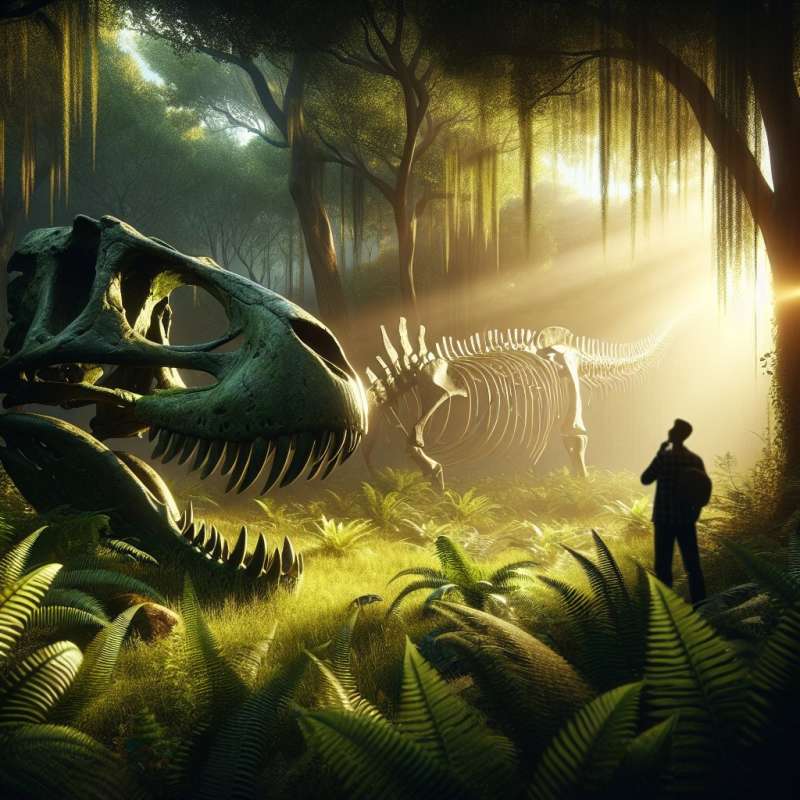
Introducing Andrewsarchus
Andrewsarchus, named after naturalist Roy Chapman Andrews, lived during the Eocene epoch. It's known only from a skull, making its full appearance and habits a mystery.
Enigmatic Fossil Record
The lone Andrewsarchus skull, discovered in Mongolia in 1923, measures over 3 feet long. No other bones have been found, hindering comprehensive understanding of its physiology.
Largest Carnivorous Mammal?
While often cited as one of the largest meat-eating mammals, Andrewsarchus's diet is not confirmed due to lack of evidence beyond its massive skull and teeth.
A Mesonychid Relative
Initially thought to be a mesonychid, linking it to whales' evolution, recent studies suggest Andrewsarchus might be more related to artiodactyls, like sheep and goats.
Mysterious Eating Habits
The creature's large, blunt teeth imply a possible omnivorous diet, contradicting earlier carnivorous assumptions. This suggests a complex ecological role.
Cultural Impact
Despite scant fossils, Andrewsarchus has captured public imagination, appearing in documentaries and video games, often depicted as a fierce predator.
Research Continues
Ongoing research may reveal more about Andrewsarchus, potentially with new fossil discoveries or advanced technology to analyze existing specimens.
Who was Andrewsarchus named after?
A famous paleontologist
Naturalist Roy Chapman Andrews
A Mongolian explorer
Company